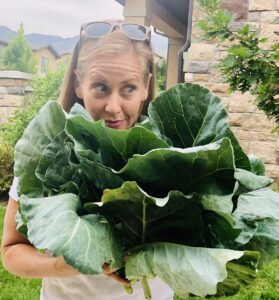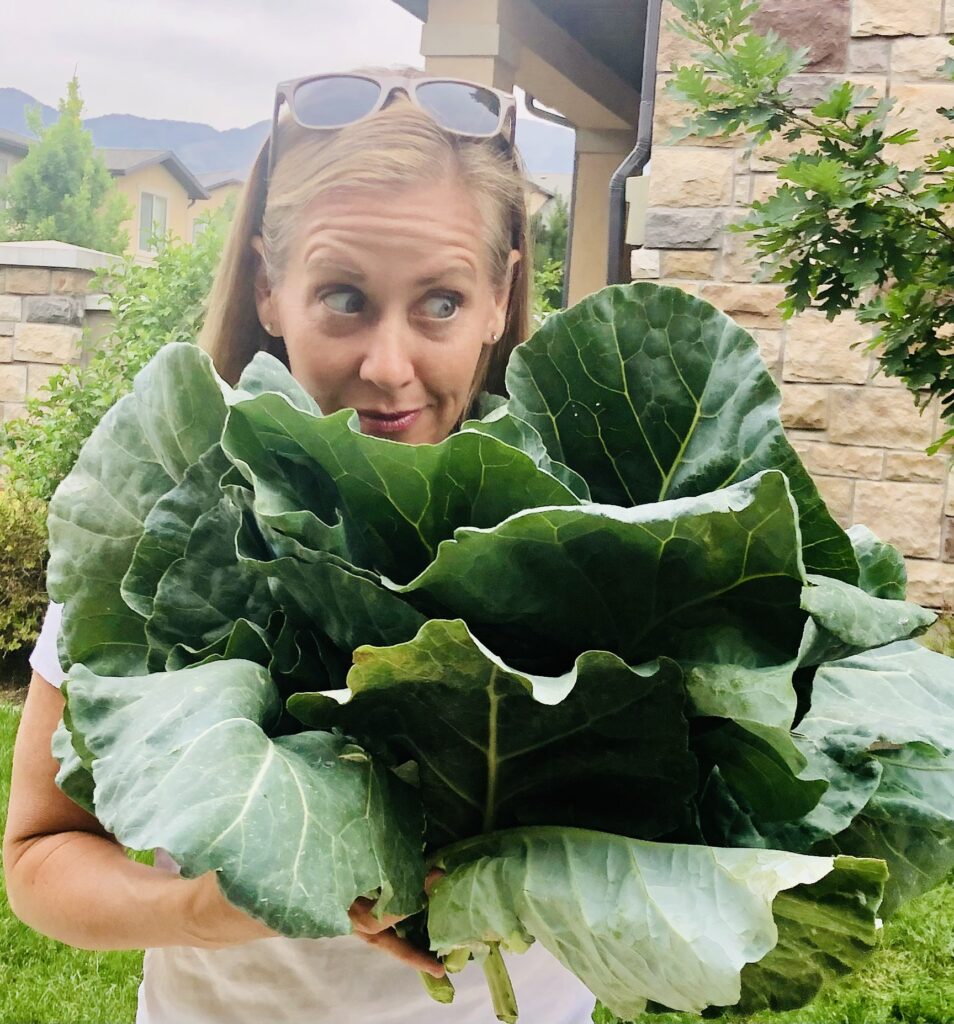I’ve been gardening my whole life, but over the last several years, I’ve changed more than a few long held practices in favor of a more natural and sustainable way to grow my own food. I’m a fully organic gardener at this point and I’m not at all interested in synthetic chemicals or sprays to do anything. So imagine my excitement when just this last year that I was introduced to using something called a seaweed biostimulant in my garden.
Maybe I’m just super late to the seaweed party, but here is what I’ve learned so far.
But, first I had to figure out what a biostimulant was.
Biostimulants Defined
I immediately went to the Merriam-Webster online dictionary, this is what I found:
“biostimulant”
The word you’ve entered isn’t in the dictionary. Click on a spelling suggestion below or try again using the search bar above.
https://www.merriam-webster.com/dictionary/biostimulant
So, maybe I’m not as late to the party as I thought. I feel slightly better.
As I continued looking I came across a definition in the Agriculture Improvement Act of 2018 defining a biostimulant as:
“a substance or micro-organism that, when applied to seeds, plants, or the rhizosphere, stimulates natural processes to enhance or benefit nutrient uptake, nutrient efficiency, tolerance to abiotic stress, or crop quality and yield.
One Hundred Fifteenth Congress of the United States of America
So, a biostimulant contains some nutrients, but they aren’t necessarily fertilizers. They are something different that uses the natural processes of the plants to help them grow better. I’m interested.
It turns out there are a few different kinds of biostimulants that are being used, but the one I want to focus on is seaweed extracts. Since seaweed is a renewable resource and can be harvested sustainably, I’m even more interested because it fits perfectly with what I’m trying to do in my own garden and in my life.
How a Seaweed Biostimulant Works
Plants have hormones that regulate their biological processes, just like we do. They are called phytohormones and they are what stimulate growth, flowering, fruit and veggie production and a whole host of other things, including that cool thing where a plant will move toward where the sun is shining. There are five, but the three to focus on are called: gibberellins, auxins and cytokinins. Each one has specific jobs to do, but they can also work together.
Gibberellins are phytohormones that mostly work on elongation of cells, which means they are what actually grows fruits & vegetables. BUT they are also involved in:
- the ripening process
- when to drop leaves in fall
- wound healing
- that cool thing that plants do when they will bend toward the sun
Auxins are also phytohormones and they do a number of things including:
- cell division
- growth of stems
- differentiation
- flower development
- regulation & development of fruit
Cytokinins work with the others, but also do their own jobs like:
- Activating the growth of buds
- Moving of nutrients throughout the plant
- Formation of tubers
- Determine the architecture of the plant
- Regulate plant defenses to resist attack by pathogens
So, the seaweed biostimulant interacts with these native & natural hormones giving them a boost when they need it most. For example, when a plant is in the active growing stage, a biostimulant gives that whole process an extra boost. When a plant is experiencing stress (drought, overwatering, pests, pathogens, etc) it can boost the immune system and give it the extra strength it needs to recover from that stress.
Benefits of a Seaweed Biostimulant
It turns out there are loads of benefits that come from using a seaweed extract. Here are just a few that I find particularly helpful.
Reason #1 – Organic Certification Seaweed extract is a completely natural product that interacts with the natural processes in the plant. Nothing synthetic is added and it’s organically certified by OMRI meeting some pretty strict regulations both in the way it’s processed and the product itself.
Reason #2 – Fast! Nutrient Uptake Efficiency A seaweed biostimulant can be quickly absorbed by plants because it is used as a foliar spray. The leaves directly absorb the nutrients and so there isn’t a waiting time for the nutrient to come up from the roots and be dispersed throughout the plant. This is especially critical when you can see your garden is in immediate need of help.
Reason #3 – Stronger Plant Defenses When plants are exposed to stress, whether it’s big temperature fluctuations, lack of or too much water, diseases or pest issues, the plants overall health is affected. Just like us, when we allow ourselves to become overtired or stressed out, our immune systems aren’t functioning at their best and we are more likely to become sick. The same holds true for plants. A seaweed biostimulant can help combat that stress in several ways and boost the plants immune system.
Reason # 4 – It’s Sustainable Seaweed is a renewable and sustainable resource. It is easily harvested and I can feel good about using something that is natural.
How to Use a Seaweed Biostimulant on Your Plants
Seaweed biostimulants are a foliar spray, so it either comes in a soluble powder or a liquid. The one I use is a powder because I think shipping water all over the place is less sustainable than just using my own. Keep in mind, this can be used on anything that grows. You can spray fruit trees, gardens, flowers and even your lawn. Also keep in mind, don’t spray it on weeds, it doesn’t discriminate between something you want growing and something you don’t. In any case, make sure to apply it so that the leaves are covered enough that the product is dripping off.
- If you have house plants or a small herb garden, mix up about a tsp of powder in a 32 oz. bottle of water.
- You can also use a watering can and sprinkle it over your plants.
- You can use a hand pump sprayer. Mix about 1 TBS per gallon and spray it on. I have a 1 gallon sprayer that I use on a regular basis and it works great for my little 200 sq. ft community garden plot this year.
- A hose end sprayer like the Chameleon is a wonderful option for a larger garden or your lawn.
- A 4 gallon backpack sprayer is really efficient for larger gardens or small farms. I also have one of these because I spray my Dad’s organic veggie farm in Idaho. It’s much too big to walk around with a little pump.
When to Use it and When NOT to Use it
- It’s really best to use it during the active growing season, it doesn’t matter if it’s indoors or outdoors.
- You can start using it when you can see the first “true” leaf. That means after the first two leaves form, you’ll start to see the leaves that actually look like the plant. At that point, it’s time to start applying it. Or, if you buy plants from the nursery, spray them as soon as you put them in the ground.
- Anytime your plants or garden are experiencing stress. If it’s been too hot or too cold, if you have had some water stress or if you’re experiencing plant stress from disease or pests.
- Do NOT use more than every 10 days. Biostimulants can start to act in the opposite way if applied too frequently. Less is more here. It only takes a little to do a LOT of good.
So there you have it! My top four reasons for trying out a seaweed biostimulant. I’ve been using it in my garden this year and I’m having to answer a boat load of questions from my garden neighbors at my little community allotment. So far, it’s the best garden I’ve ever grown and I couldn’t be happier about it. Once you starting using a seaweed biostimulant in your garden, you may never look back. Who knew, seaweed?!
(Apparently a lot of people knew before me.)



